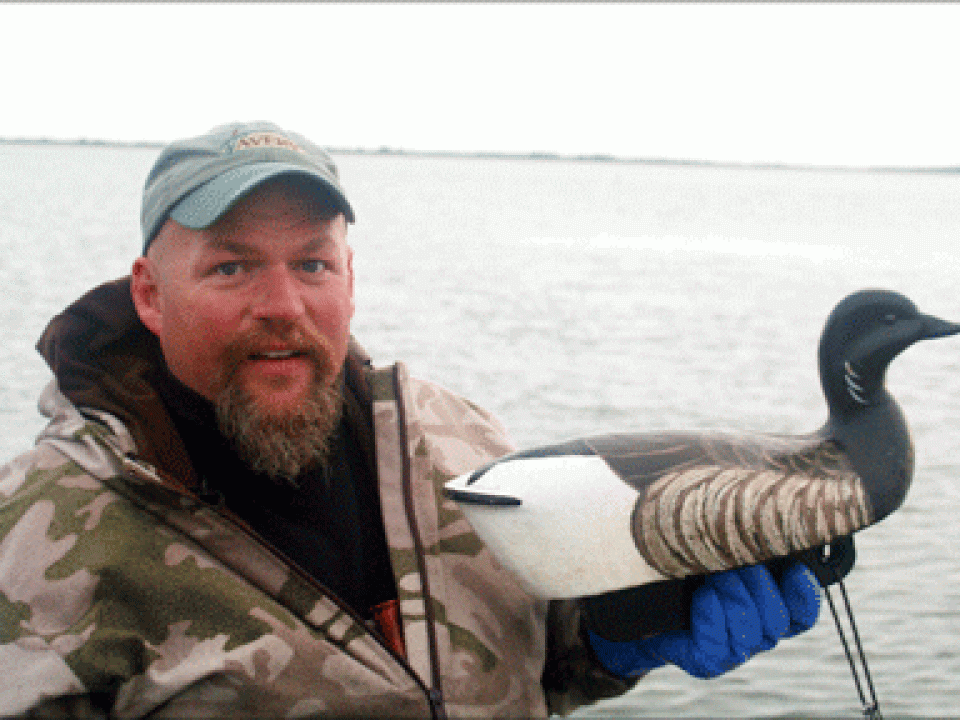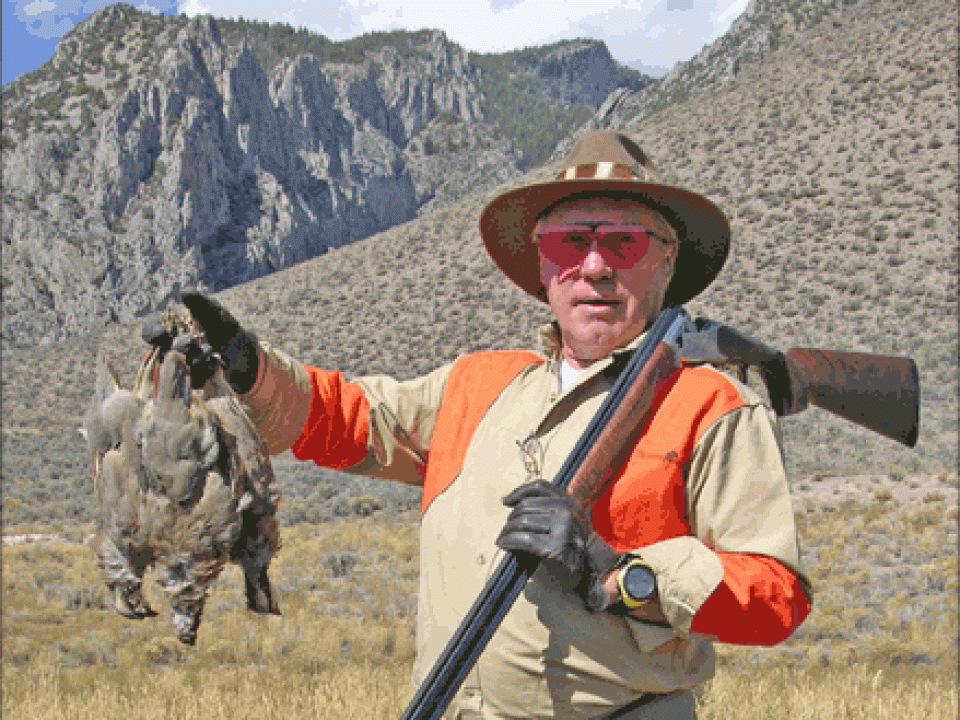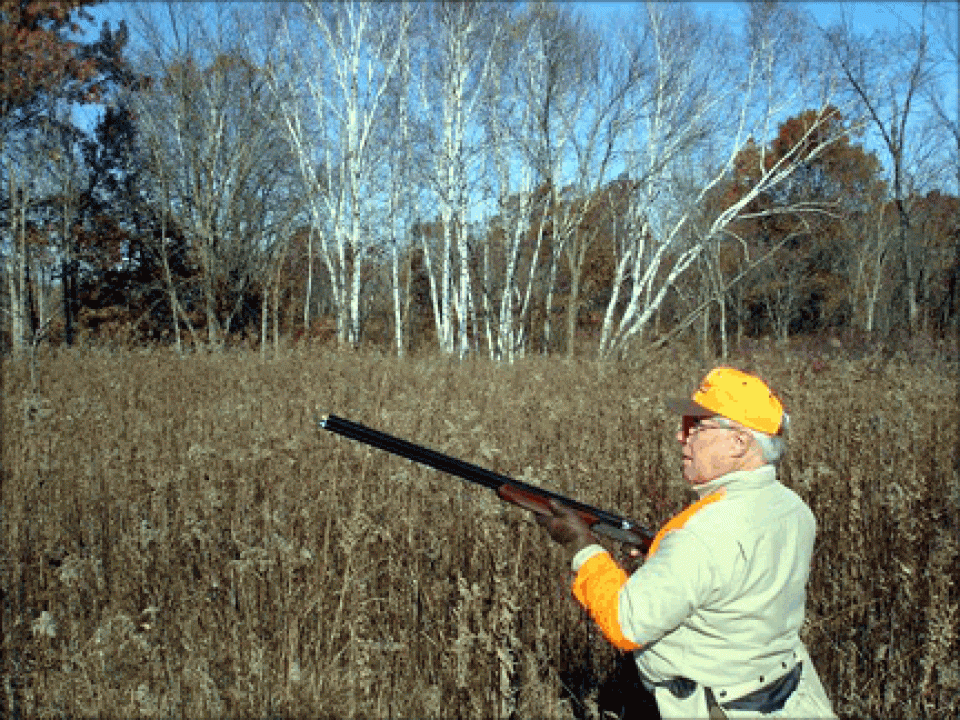The hunting season is long behind us and the start of another glorious fall is months away. So, what do hunters do in between seasons? Some of us fish, some of us grow a big vegetable garden, and those of us that live by the sea start lobstering and clamming. I try to enjoy all of it here on the Massachusetts coast. But to be honest, I spend many evenings re-reading all the great hunting stories in my favorite books and magazines.
I will tell you something else that I do, as long as you promise to keep it a secret. On the bay where I live, there is a little patch of beach plum and beach rose – and it holds a few rabbits! The beach society frowns on hunters and all the stuff we love (“guns,” baying hounds, staunch pointers locked up on poor little birds, etc.). But, when it’s raining, blowing hard, or too cold for beach goers, the miles of beach by my home becomes a deserted ghost town. That’s when I take Pup-Pup, my tri-colored beagle, for a little walk…!
Miss Daisy-Mae howls her head off as soon as she smells the salt air. She stands with her front paws on the dash and her rear paws on the good seats, smudging the clean windows with her nose. She knows where we are going even before we leave the house. One mention of the word “bunny” and she is doing the beagle dance and running for her leash, knowing the beach bunnies are waiting…!
I use to open the kitchen door and let her out when we left the house and she would run straight for the truck. But these days, we have so many bunnies around our little farm that she forgets all about the beach rabbits and takes the nearest scent trail she can find – usually in my vegetable garden. So, now, I leash her and we walk to the truck together. It more closely resembles a man being dragged by a dog, but we will ignore that fact in the spirit of the hunt.
All the beach bunnies hear us coming, long before we arrive:
“Bugsy…Here comes that stupid beagle again! Same plan as last time…?”
“Yeah, let’s keep crisscrossing, circling, and running through the thick stuff. Run down the dunes like you do and I’ll hang back. When you get bored, give me the signal and I’ll do that sprint right across her nose that drives her mad. Then, let’s work her back this way through as much poison ivy as possible, and hole up…”
I no longer open the driver’s side door to let the beagle out when we get there. Pup-Pup is so excited she just leaps out the window and hits the ground running. I just sort of lean back and try to get out of her way. It usually takes all of ten seconds before she opens up on a bunny and the chase is on.
I’ll sit in the truck with my coffee and some good country music playing, or turn on Rush Limbaugh, while the beagle works herself into a frenzy. When she gets tired, she comes by for a quick drink on the fly and keeps right on going. But after a while, I’ll wade into the poison ivy up to my neck and catch her. Like all beagles, she will hunt until she drops and you have to know when it’s time to leash her up and call it a day.
We bounce back down the dirt road that leads to home, both of us are covered head to toe in poison ivy dust. The beagle whines and howls and watches out the rear window as our secret rabbit patch disappears into the distance. She can’t believe we are leaving. But then she settles down on the salt and sand-covered leather seats, and takes a short nap.
We pull into the driveway and I open the truck door to let her out. She stands and stretches and does a big yawn. She sniffs the breeze, like the hunter she is, enjoying the fresh air. I don’t rush her. I know she is taking in a good whiff of the vegetable garden bunny before heading into the house. We both walk up to the steps, ignoring the outdoor kennel, and head for the kitchen. She waits patiently for her treat, then gets a gentle pat on the head before retiring to the living room.
As I tidy up the house, I glance over at her all stretched out on the good furniture littered with her toys. I know she is pretending to be asleep while keeping an eye on me. We’re both dreaming of bunnies and autumn and the smell of rabbit stew simmering on the stove, and a nice fire in the fireplace. I give her another little pat as I walk past and she thumps her tail without opening her eyes. It may be summertime, but we never stop thinking about fall.
Capt. David Bitters is a writer/photographer and a striped bass/sea duck hunting guide from Massachusetts. His photos and essays have appeared in over one-hundred magazines. Capt. Bitters is currently finishing his first book, “A Sportsman’s Fireside Reader – Tales of Hunting, Fishing, and Other Outdoor Pleasures.” Contact him at captdaveb@baymenoutfitters.com or call (781) 934-2838. You can also write him at P.O. Box 366 Duxbury, MA 02331.

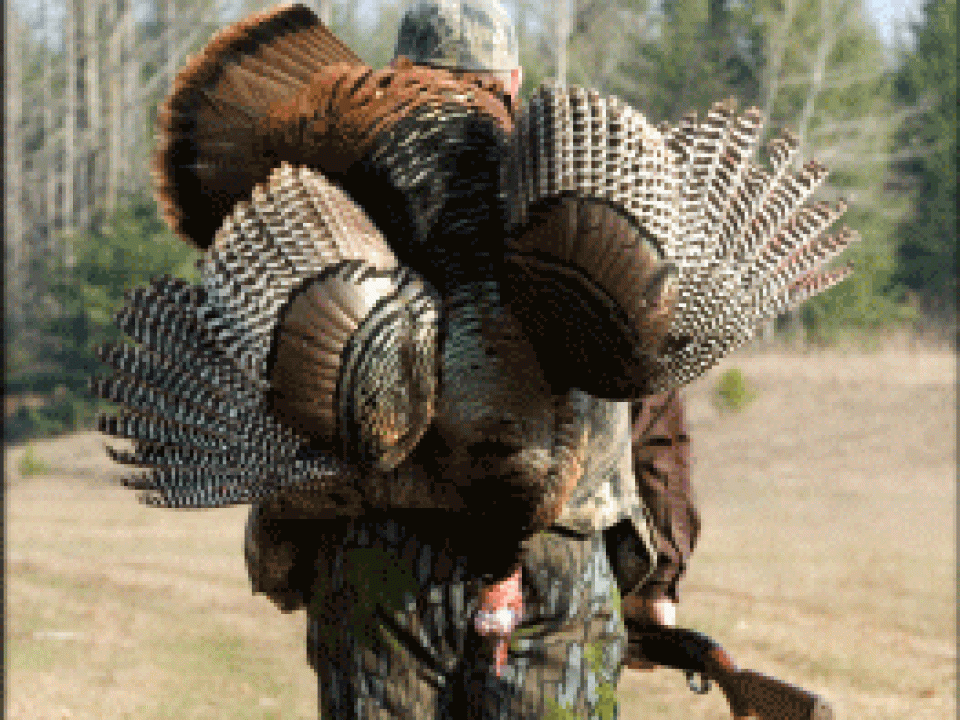



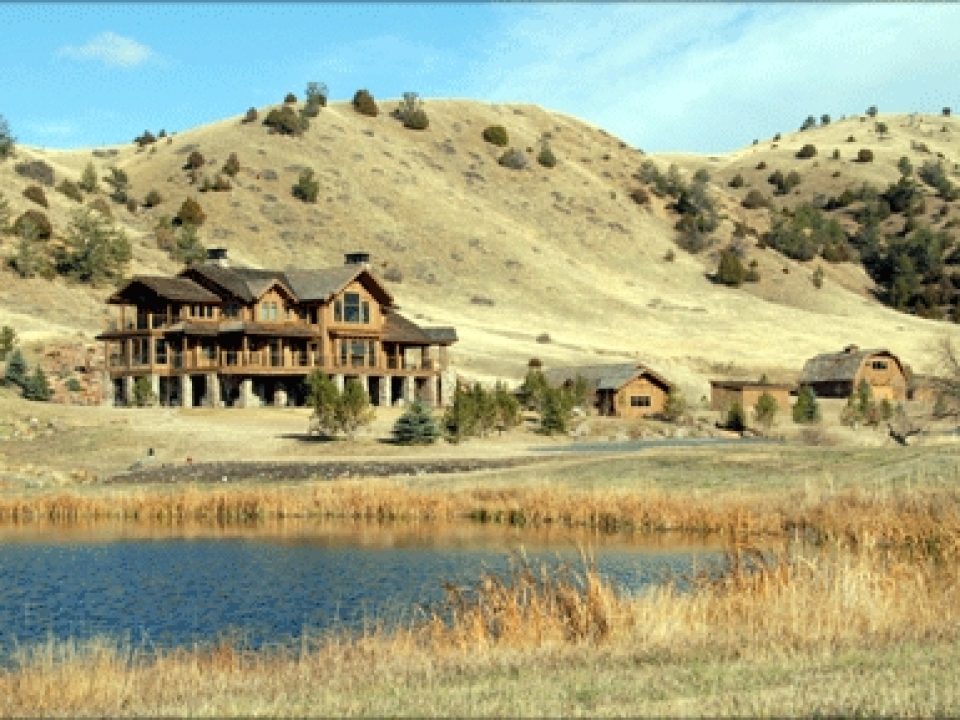
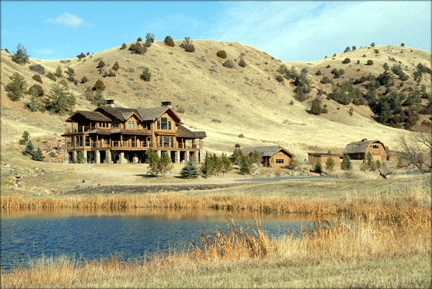 The Gray Cliffs Ranch Lodge[/caption]
The Gray Cliffs Ranch Lodge[/caption]